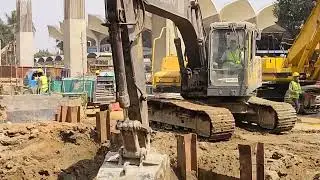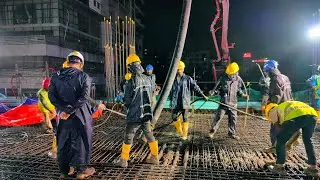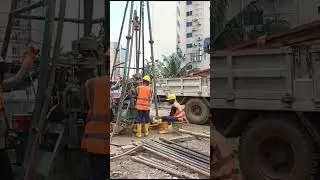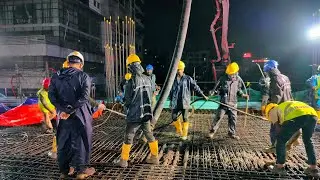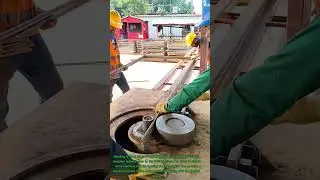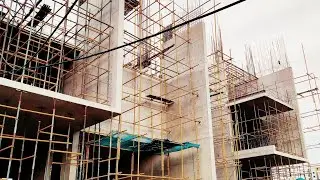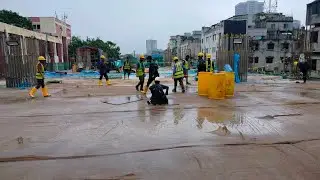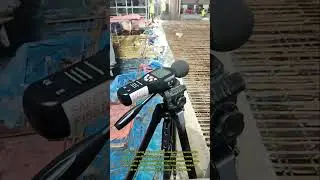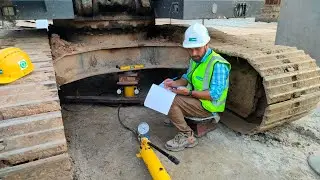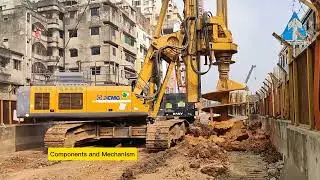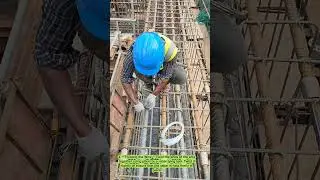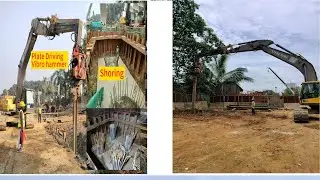Rotary Bored Piling Rig Machine
A rotary bored piling rig is a type of construction machinery used to drill deep cylindrical holes into the ground to create foundations for large structures like buildings, bridges, and other heavy infrastructure. Here’s a detailed overview:
Components and Mechanism
1.Rotary Drive: The core mechanism that rotates the drilling tool or auger, allowing it to cut into the ground. The rotary drive is powered by a hydraulic or electric motor.
2. Kelly Bar : A key component of the rig, consisting of telescopic sections that transfer torque from the rotary drive to the drilling tool. It allows the tool to extend deeper into the ground.
3.Drilling Tool: This can be an auger, core barrel, or drilling bucket, depending on the ground conditions and the specific requirements of the pile.
4. Mast: A vertical structure that supports the rotary drive and Kelly bar, guiding the drilling tool vertically into the ground.
5. Base Machine: The main body of the rig, often mounted on tracks for mobility and stability. It houses the power unit and other control systems.
6. Mud Pump and Mud Circulation System: Used in certain ground conditions to remove drilled materials and maintain borehole stability by circulating drilling fluid (mud).
Types of Piles
Straight-Shaft Bored Piles: Created by drilling a hole and filling it with concrete, often reinforced with a steel cage.
Underreamed Piles: Have a bulb-like enlargement at the bottom for added load-bearing capacity.
Applications
Foundation Piles: To support structures where the surface soil lacks sufficient strength.
Retaining Walls: By installing a series of piles side by side.
Slope Stabilization: Providing stability to slopes and embankments.
Advantages
Versatility: Can be used in a variety of ground conditions.
Depth and Diameter: Capable of creating deep and large diameter piles.
Minimal Vibration:Suitable for urban areas where vibrations can affect nearby structures.
Operating Procedure
1. Site Preparation: Ensuring the rig has a stable platform to operate from.
2. Drilling: Using the rotary drive to turn the drilling tool and excavate soil.
3. Soil Removal: Extracting the drilled material from the hole, either continuously or periodically.
4. Reinforcement Placement: Inserting a steel reinforcement cage if required.
5. Concrete Pouring: Filling the hole with concrete to form the pile.
Safety Considerations
Stability: Ensuring the rig is stable to prevent tipping.
Training: Operators must be adequately trained and certified.
Inspection: Regular maintenance and inspection of equipment to prevent malfunctions.
Rotary bored piling rigs are essential for deep foundation construction, offering flexibility and efficiency in various soil conditions.








